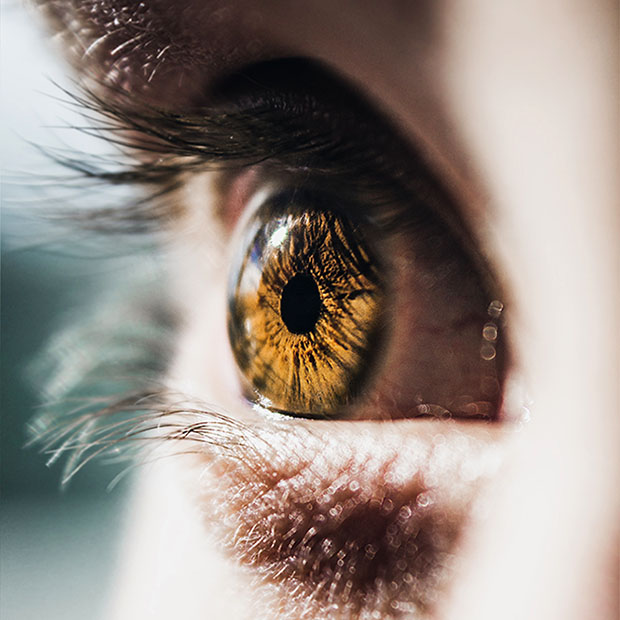What Do You Know About Your Eyes’ Anatomy?

Do you remember much from biology class about eye anatomy?
Maybe you didn’t cover it much in your class or maybe you remember all of it, but we love keeping our patients informed about all things eye-related. All inside a space smaller than a golf ball, our eyes transform photons of light into accurate, detailed streams of moving images that we are then able to interpret and react to. How do our eyes do all of this?
A Brief Glossary of Eye Anatomy
Let’s start at the front of the eye and work our way back, touching on several of the most important structures for creating the images we see.
- The cornea is the clear outer layer that covers the front of the eye and lets the light through.
- The iris is the colorful, circular muscle that contracts and expands, controlling the amount of light getting through.
- The lens is the clear disc that changes shape to focus at different distances. (It works the opposite way from a camera lens, which must physically move to change focus.)
- The retina is the thin layer of tissue at the back of the eye that is covered in photoreceptors (light-sensitive cells called rods and cones).
- The optic nerve collects visual information from the retina and sends it to the brain. It does this at around a million bits per second! Wow!
Eyes Working Together
The distance between our eyes isn’t very big, but it’s enough that we see two slightly different images at the same time. You can test this out yourself if you focus on an object and close one eye, then switch to the other eye. With both eyes open, the images combine into one field of vision. We call this binocular vision. It gives us a live 3D image complete with depth perception, a critical visual skill that lets us judge the relative distances of objects from us.
The Brain’s Visual Cortex
After an image reaches the optic nerve, it travels along it to the visual cortex in the occipital lobe at the back of the brain. Using our eyes takes an incredible amount of brainpower. 20% of the brain is dedicated to visual processing, but it takes another 40% to help with vision in connection to meaning, motor functions, touch, and attention. Many times a second, the brain absorbs and processes a new set of visual data, and that’s how we perceive, understand, and react to motion.
The Eye’s Cleaning and Self-Defense Mechanisms
Each of the eye’s amazing structures wouldn’t be very useful without the support systems that keep things running smoothly. Our eyebrows, eyelashes, and eyelids all help to protect our eyes from any debris that might get in. When we blink, that refreshes the tear film and clears away debris and contaminants. The tear film itself is replenished and maintained by a network of glands and ducts.
Let’s Keep Those Eyes Healthy
The complexity of the human eye will never stop amazing us — so many structures and systems working together to allow us to see. The downside of all this complexity is that there are many ways something can go wrong, but that’s where we come in. Come to us if you ever experience any issues with your vision or eye health, and even if you don’t, you should still come see us regularly!